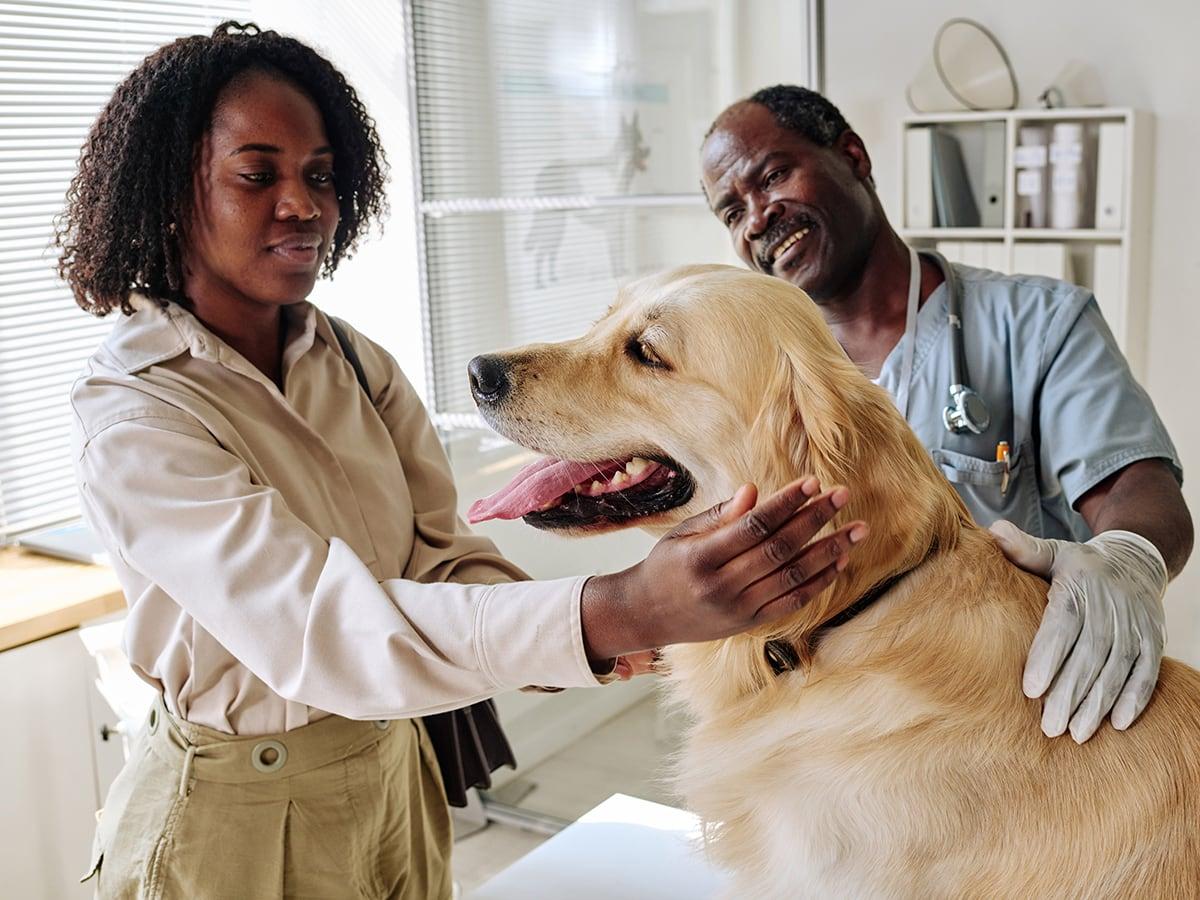Pet insurance is becoming increasingly popular among pet parents, as it helps provide financial protection in case of veterinary expenses for unexpected accidents and illnesses. One common concern that pet parents may have is whether pet insurance covers cancer treatments. In this blog post, we will explore the coverage options for cancer treatments in pet insurance policies and help pet parents understand what to expect when it comes to this serious medical condition.
Pros and Cons of Pet Insurance
Pros
- Customize a plan to fit your pet and wallet
- Get up to 90% cash back on covered vet bills
- 24/7 access to a pet telehealth helpline
- No networks - visit any licensed vet in the U.S. or Canada
- Pets never age out of coverage
Cons
- Coverage starts after a 14-day waiting period
- Reimbursement starts after the deductible is met
- Pet insurance does not cover grooming or breeding
- Pet insurance cannot cover pre-existing conditions
- Pets have to be 8 weeks or older to enroll
Does Pet Insurance Cover Cancer Treatment
Pet insurance can be a valuable resource when it comes to covering the cost of cancer treatment for pets. If the pet insurance policy includes illness coverage and the cancer is not a pre-existing condition, many pet insurance policies can help alleviate the financial burden of covered treatment. Know more about what does pet insurance cover and what does pet insurance do not cover.
Depending on the specific policy, pet insurance can cover the eligible costs of surgeries, chemotherapy, radiation therapy, and other covered treatments for cancer. This can help pet parents find peace of mind, knowing that they can give their furry companion the best chance at fighting cancer with less worry about the high costs associated with treatment. Learn more about how much pet insurance is and how to choose the best pet insurance option.
Cancer in Pets
Cancer is a growing concern among pets, as it can affect pets of all ages and breeds. Just like humans, pets can develop various types of cancer, including skin cancer, bone cancer, and lymphoma.
Early detection and treatment are crucial for improving the chances of a positive outcome, but the costs of cancer treatments can be overwhelming. This is where pet insurance can help provide some relief by covering the eligible costs associated with covered cancer treatments.
Read More: Does Pet Insurance Cover Chemotherapy?
Signs and Symptoms of Cancer in Pets
Signs and symptoms of cancer in pets can vary depending on the type and location of the cancer. Some common signs to watch out for include unexplained weight loss, loss of appetite, lethargy, persistent coughing or difficulty breathing, changes in behavior or personality, lumps or bumps on the body, sores that don't heal, and abnormal bleeding or discharge. It is important for pet parents to regularly check their pets for any changes or abnormalities and to consult a veterinarian if they notice any concerning symptoms. Get your facts here about is Pet Insurance Worth It.
How Cancer is Diagnosed
Cancer in pets is typically diagnosed through a combination of physical examinations, laboratory tests, imaging studies, and sometimes, biopsies. During a physical examination, a veterinarian will carefully examine the pet for signs or symptoms of cancer, such as lumps or bumps. Laboratory tests, such as blood work and urinalysis, can help identify abnormalities in the pet's body. Imaging studies, such as X-rays, ultrasounds, or CT scans, may be performed to visualize the internal structures and detect tumors or abnormalities.
In some cases, a biopsy may be necessary to confirm the presence of cancer cells. A biopsy involves taking a small sample of tissue from the affected area and examining it under a microscope. Once a diagnosis is made, appropriate treatment options can be discussed with the pet parent.
Read more: Lipoma removal for dogs
The Treatment of Cancer in Pets
The treatment of cancer in pets can vary depending on the type and stage of the cancer, as well as the overall health of the pet. Common treatment options include surgery to remove tumors, chemotherapy to kill cancer cells, radiation therapy to target and destroy cancer cells, and immunotherapy to boost the pet's immune system.
The specific treatment plan will be determined by the veterinarian and may involve a combination of these therapies. It is important for pet parents to work closely with their veterinarian to develop a treatment plan that is tailored to their pet's individual needs. Regular follow-up appointments and monitoring will also be necessary to help ensure the effectiveness of the treatment and to address any side effects. Learn more about if pet insurance covers spaying and neutering
Conclusion
In conclusion, it is crucial for pet parents to be aware of the signs and symptoms of cancer in their beloved pets. Regular check-ups and monitoring can help in early detection and lead to a higher chance of successful treatment. With advancements in veterinary medicine, there are various treatment options available, ranging from surgery to chemotherapy, radiation therapy, and immunotherapy. The specific treatment plan will depend on the type and stage of cancer, as well as the overall health of the pet.
However, the cost of cancer treatment for pets can be a significant financial burden for pet parents. This is where pet insurance comes in as a valuable resource. By having pet insurance with illness coverage, pet parents can alleviate some of the financial stress associated with eligible cancer treatment. Know more about pre-existing conditions.
How Spot Pet Insurance Can Help
Spot Pet Insurance plans provide pet parents with the flexibility to personalize their coverage options, catering to the specific needs of their pets and their financial situation. Spot's insurance plans allow pet parents to select an unlimited annual limit, unrestricted by per-incident or lifetime caps. Furthermore, they have the chance to receive reimbursements of up to 90% for eligible veterinary expenses. In addition to coverage options for accidents and illnesses, Spot Pet Insurance offers optional preventive care coverage for an extra cost. Learn more about how does pet insurance work. This inclusive coverage encompasses regular check-ups, specific vaccinations, dental cleanings, and various other beneficial features. To obtain more information about the specifics of Spot Pet Insurance plans, pet parents can request a complimentary quote.

Mostly a tech person, always a pet person. I am dedicated to improving the lives of pets and their humans with technology. Off-duty, I enjoy writing about the misbehaving of computer programs and my two Aussiedoodles, Calvin and Hobbes.












